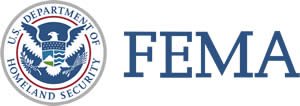RSS feed source: Federal Emergency Management Agency
WASHINGTON — FEMA announced that federal disaster assistance is available to Members of the Leech Lake Band of Ojibwe to supplement recovery efforts in the areas affected by severe storms and straight-line winds on June 21, 2025.
The President’s action makes federal funding available to affected individuals and families of the Leech Lake Band of Ojibwe. Assistance can include grants for temporary housing and home repairs as well as funds to replace personal property.
The Leech Lake Band of Ojibwe is also eligible to receive federal funding on a cost-sharing basis for emergency work and the repair or replacement of facilities damaged by the severe storm and straight-line winds.
Frederic Kaehler has been named the Federal Coordinating Officer for federal recovery operations in the affected areas. Additional designations may be made at a later date if requested by the Tribal Nation and warranted by the results of further damage assessments.
Tribal members who sustained losses on or near the designated area should first file a claim with their insurance provider and then apply for assistance online at www.DisasterAssistance.gov or by calling 1-800-621-3362. Those who use a relay service, such as video relay service (VRS), captioned telephone service or others, should provide FEMA with the number for that service.
FEMA assistance is meant to return a home to a safe, sanitary and functional residence and cannot pay for all disaster losses. To
Click this link to continue reading the article on the source website.
